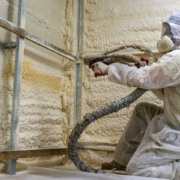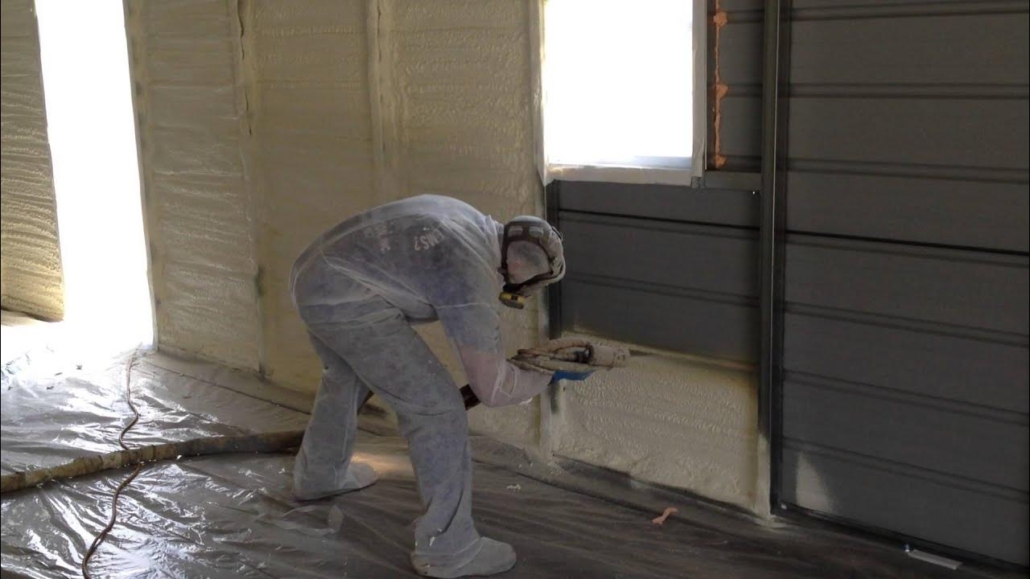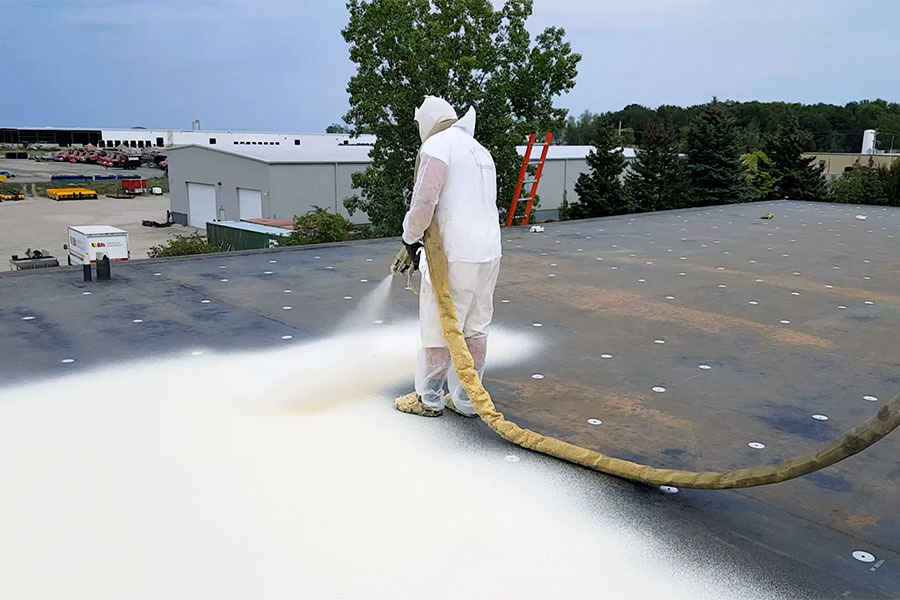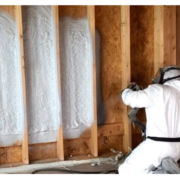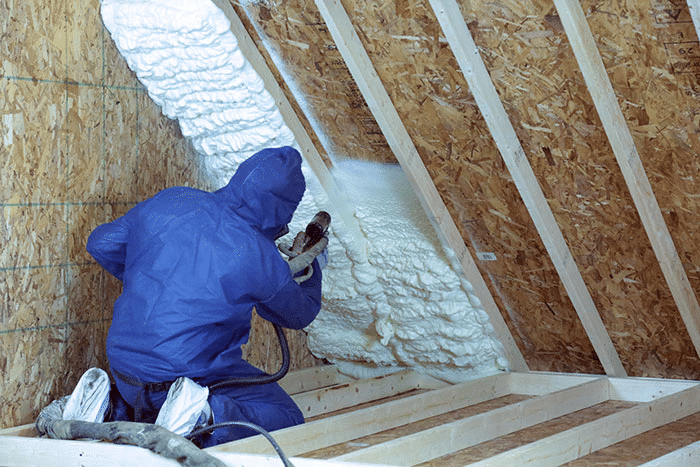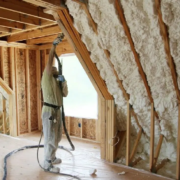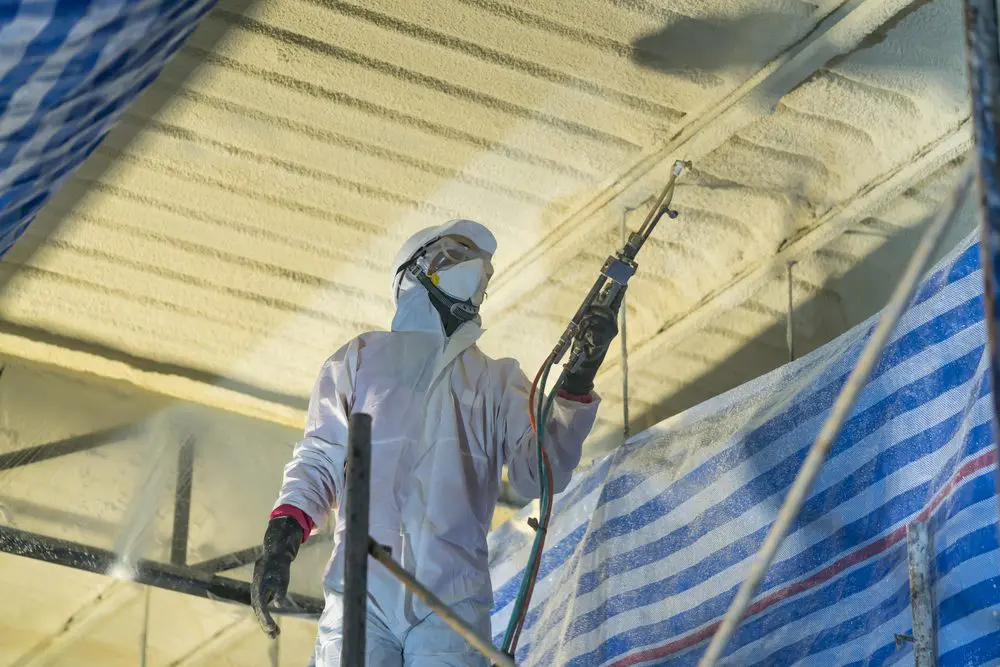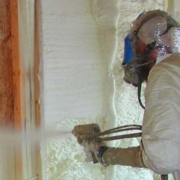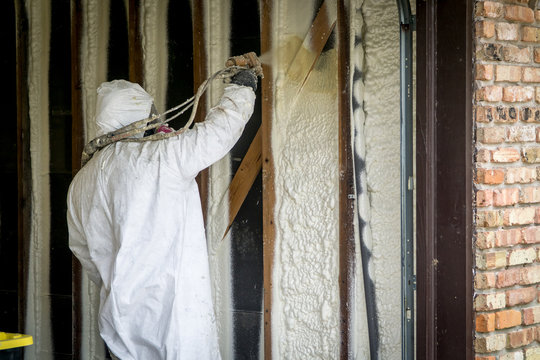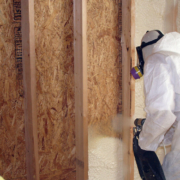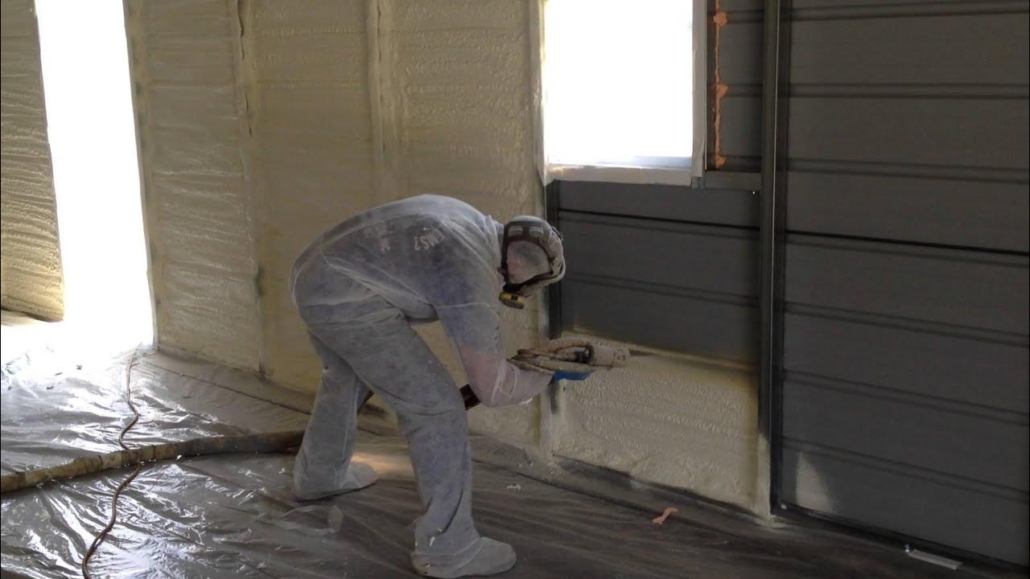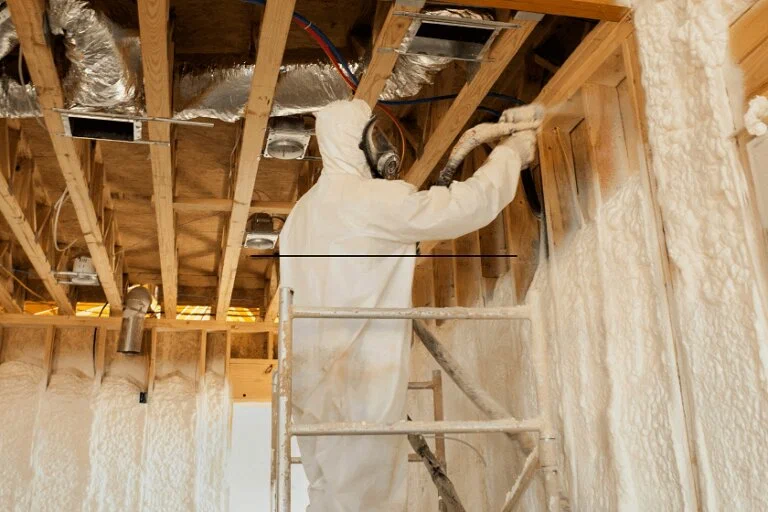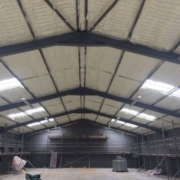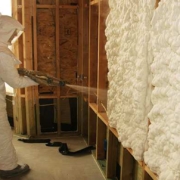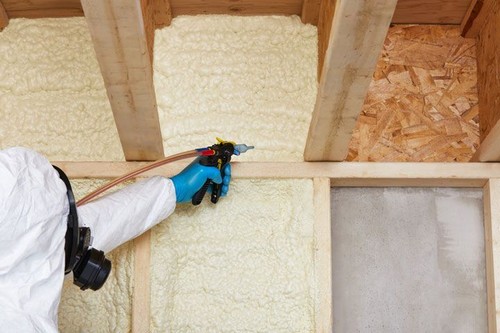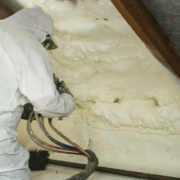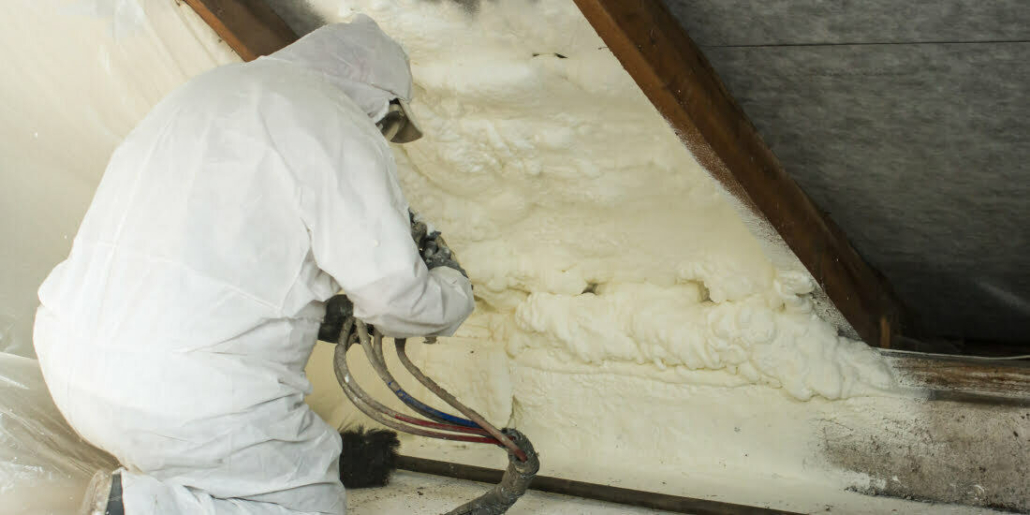Why Is It Important to Hire an Expert Spray Foam Insulation Company?
Spray foam insulation isn’t just something hidden inside your walls—it plays a major role in how comfortable your home or business feels and how much you spend on heating and cooling. According to the U.S. Department of Energy, air leaks can account for 25%–40% of a building’s total energy loss. That means the right insulation can have a direct impact on your monthly bills. But for spray foam to work as promised, it has to be installed correctly the first time.
In Raleigh, NC, where summers can be humid and winters can get chilly, professional installation matters. A qualified spray foam team brings precision, the right equipment, and a deep understanding of building performance. Hiring an expert spray foam insulation company is about getting long-term results—not just filling a space with foam.
Why Experience Matters in Spray Foam Insulation
Spray foam’s performance depends on how it’s applied. Even the best product can fail if it’s not installed correctly. Gaps, uneven coverage, and poor adhesion can all lead to energy loss and moisture issues.
Choosing the Right Type of Foam
There’s a big difference between open-cell and closed-cell foam. Open-cell is lighter and better for sound control, while closed-cell offers higher R-values and better moisture resistance. Knowing which one to use—and where—comes with training and experience.
Consistent, Complete Coverage
Spray foam needs to expand evenly and bond tightly to surfaces. If an installer misses spots or applies it unevenly, it leaves weak points. Skilled professionals use calibrated equipment and specific patterns to ensure no area is left unsealed.
Meeting Raleigh’s Building Codes
Building codes cover insulation thickness, fire safety, and moisture control. An experienced team understands these rules and applies insulation that meets or exceeds local requirements.
The Risks of Inexperienced Installation
A low-cost installer without proper training can cause problems that are far more expensive to fix later. Poor application can lead to shrinking foam, wall damage, and trapped moisture.
Common Mistakes
- Spraying in the wrong temperature range, leading to poor adhesion
- Overfilling cavities, which can damage walls
- Ignoring moisture checks before sealing
Long-Term Problems
These mistakes can cause mold growth, reduce insulation life, and drive up energy costs. In commercial buildings, it can even hurt compliance with energy-efficiency standards.
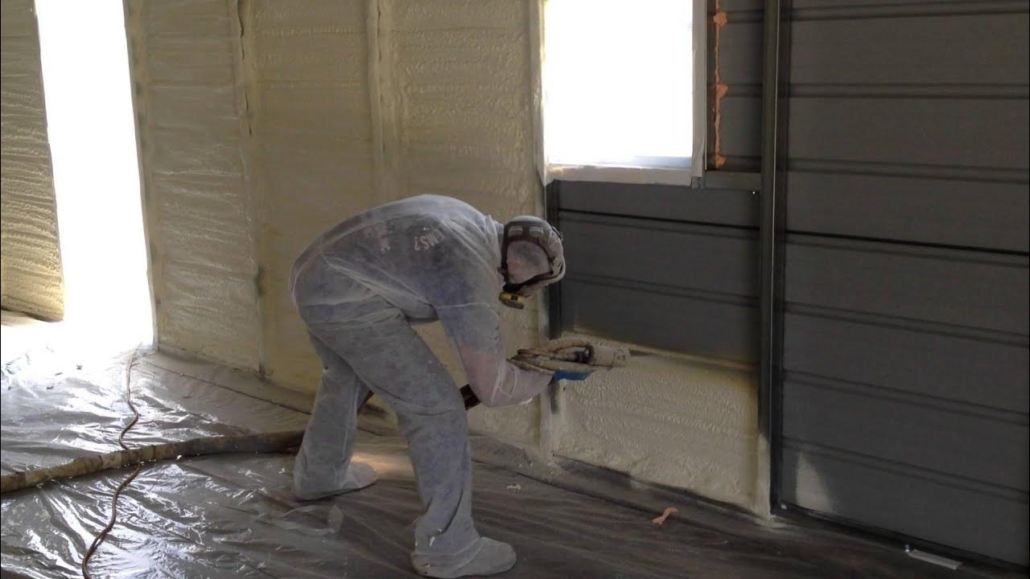
Why Work with a Raleigh-Based Spray Foam Professional
Hiring someone local means they understand both the climate and the building requirements in Raleigh. That knowledge makes a difference in performance and durability.
Solutions for Local Weather
With humid summers and cooler winters, insulation has to control moisture and keep heat in or out, depending on the season. Local experts know how to adjust installation for these conditions.
Ongoing Support
If something needs inspection or adjustment, a local company can respond quickly instead of making you wait weeks for a follow-up.
Expert vs. Non-Expert: What’s the Difference?
| Feature / Outcome | Expert Spray Foam Insulation Company | Non-Expert Installer |
|---|---|---|
| Product Selection | Matches foam to building needs | One-size-fits-all approach |
| Application Precision | Even coverage, no gaps | Uneven, inconsistent |
| Code Compliance | Meets local safety and energy codes | Risk of violations |
| Longevity | Performs well for decades | Prone to early failure |
| Energy Savings | Noticeable, measurable | Lower than expected |
Why Certified Spray Foam Brands Matter
The right product is just as important as the right installation. Certified brands are tested for performance, safety, and environmental compliance.
Quality and Warranty
Top brands meet strict standards and often come with strong warranties that protect your investment.
Compatibility with Building Materials
Some foams are designed to bond better with wood, concrete, or metal. An expert knows which formulation works best for your property.
Getting the Best Return on Your Insulation Investment
Hiring a qualified team might cost more upfront, but it saves money over time through lower utility bills and fewer repairs.
Lower Energy Bills
A well-installed spray foam system can cut heating and cooling costs by as much as 30% compared to older or poorly fitted insulation.
Added Property Value
Energy-efficient buildings are more appealing to buyers and tenants. Quality insulation can make a property more marketable.
The Best Time to Schedule a Consultation
The ideal time to install spray foam is during new construction, major renovations, or after an energy audit shows air leaks. Seasonal checkups before summer or winter help keep insulation performing at its best.
Ready to Improve Comfort and Efficiency?
Spray foam is one of the most effective ways to keep indoor temperatures steady, reduce energy costs, and protect a building from moisture damage. The results depend on expert installation. Raleigh Excel Spray Foam Insulation delivers precision work, certified materials, and solutions built for Raleigh’s climate.
Call (919) 301-9435 or email info@raleighexcelsprayfoam.com to book an assessment.
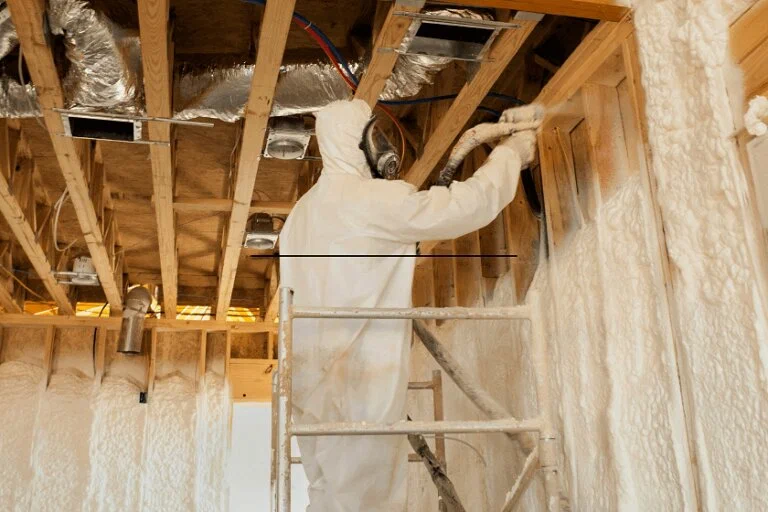
FAQs
How can I tell if I need spray foam insulation?
If you notice drafts, uneven temperatures, or rising energy bills, it’s worth getting an inspection to check for air leaks.
Can spray foam go over existing insulation?
In many cases, yes. The surface needs to be clean, dry, and stable for the foam to adhere properly.
Why is closed-cell foam good for moisture control?
Its dense structure blocks water vapor, making it ideal for basements, crawl spaces, and humid areas.
How long does spray foam insulation last?
When installed by trained professionals, spray foam can perform well for decades.
Is professional installation safer?
Yes. Experts follow strict safety procedures to ensure proper ventilation, curing, and fire resistance.
Reviewer: With nearly a decade in the spray foam insulation field, William Harris reviewed this post and provided guidance that reflects both technical understanding and real-world marketing experience.


